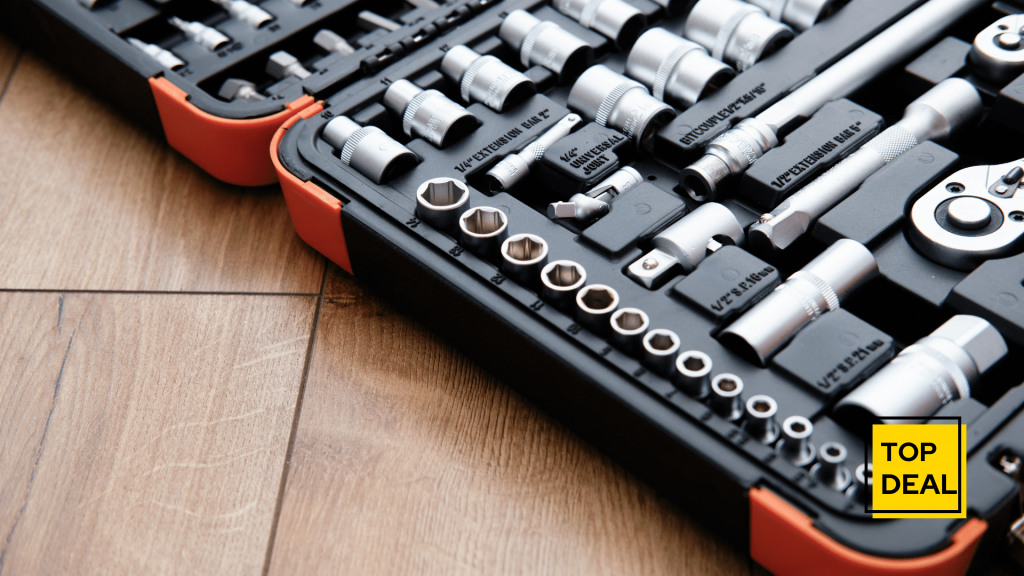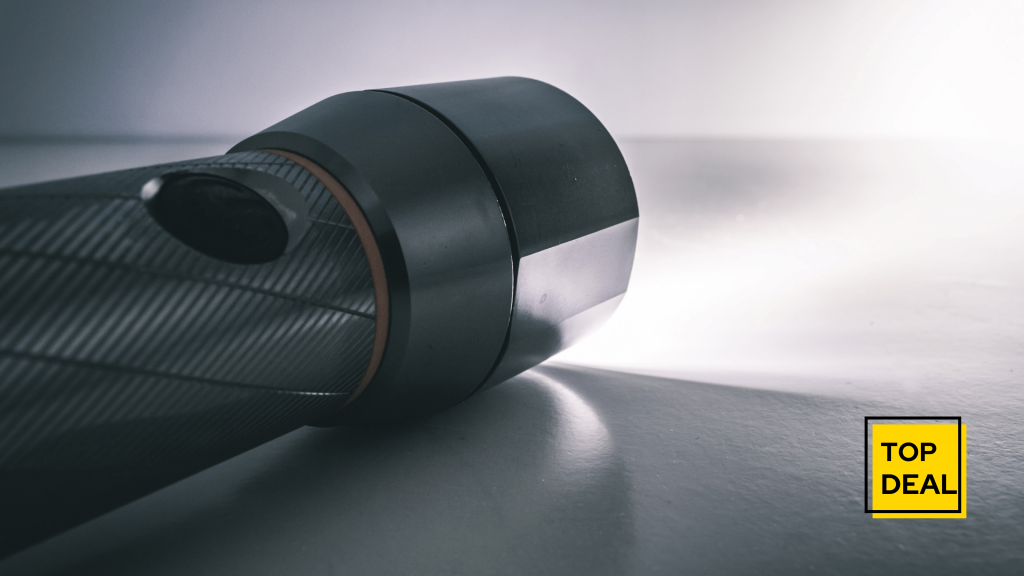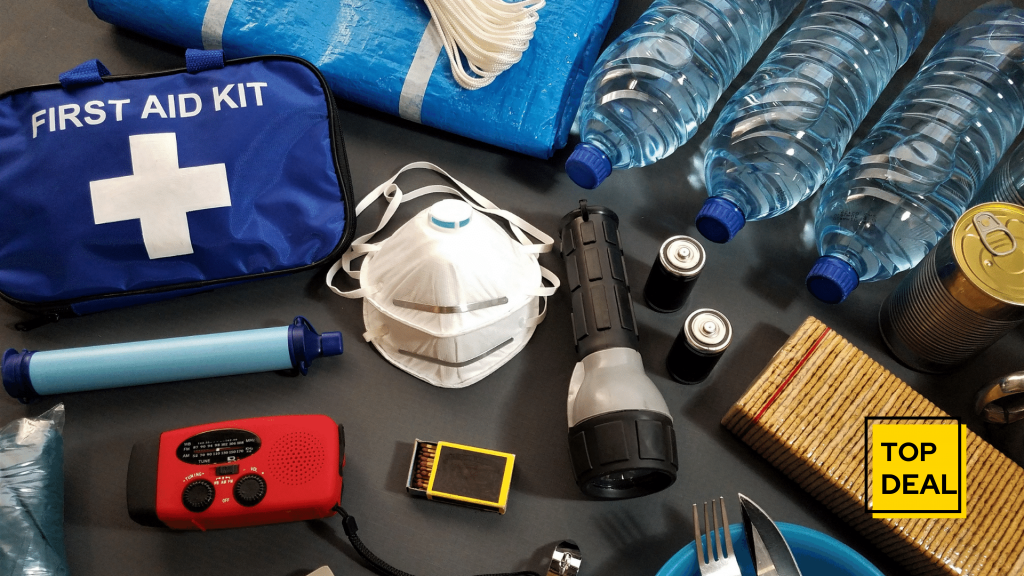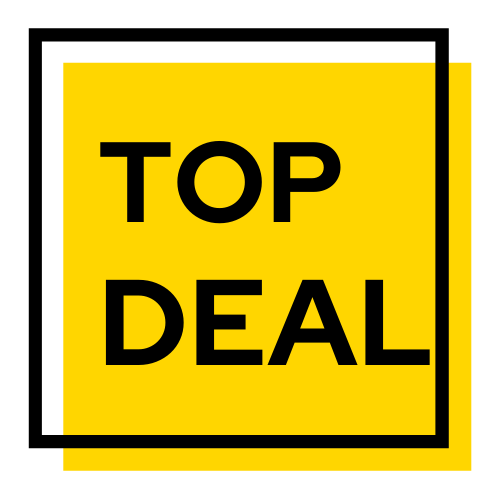
Build Your Own Car Emergency Kit in 6 Easy Steps
You never know when disaster will strike, and you’ll need to perform an emergency kit fix on your vehicle. This article describes how to build a car emergency kit that can help you do it right. What even is an emergency kit? The term emergency kit usually refers to a container that contains the supplies you’ll need to fix your vehicle should disaster strike. These kits can come as a large box, or as a small pouch with only the essentials.
They have become popular in some countries because they allow people to keep some minimal tools and parts on hand so they’ll be prepared for emergencies. Although most emergency repair kits are meant for cars, it’s not uncommon to see smaller ones made for motorcycles, RVs, boats, and other vehicles.
The purpose of this article is not just to tell you what needs to go into an emergency kit but also how you can put one together from scratch. It doesn’t require any advanced skills, just use these instructions and add things that you think you’ll need.
Table of Contents
How To Build Your Car Emergency Kit
To put together your kit, you only need a few tools and items:
- A set of wrenches
- A medium-sized toolbox
- Assorted spare parts for your vehicle
- A flashlight with extra batteries, preferably LED ones
- A funnel for fuels and fluids
- Duct tape (a must)
- and other tools you might need

The difference between this kit and others is that these parts are meant to allow any person from anywhere in the world – with no mechanical experience at all – to be able to make quick repairs.
Step 1
Make sure you have the proper tools for the job. Even if you’re traveling light, make sure you have wrenches, screwdrivers, hammers, tape measures, lubricants, and whatever else may be necessary for whatever kind of trouble comes up. Keep them in a small toolbox so they are easily accessible.
Step 2
Have at least one container of water standing by at all times to prevent rust from forming or spreading. Add some kind of rust-inhibiting substance to the water. The simplest way is to use a product called “WD40.” This can be purchased at any hardware store or auto parts depot.
Step 3
Make sure you have a spare tire and a jack. Actually, you should have two jacks just in case one isn’t enough. You’ll need them both if you run into trouble out on the road and the first one fails! Keep your spare tire somewhere where it won’t get rusty because that will ruin its integrity as an effective backup part for your automobile’s wheels. Also, make sure you never lose sight of the tools required to change the tire properly. Always pack those items with your emergency kit so they are handy when you need them.
Step 4

Make sure you have a flashlight and extra batteries. Your car should have a working battery, but there may be times when it’ll run out of juice without warning. The proper way to deal with this is to get a jump-start from another vehicle or use another source of power to start your car’s motor again. However, don’t assume that one method will always work in all situations because other conditions may prevent it from being effective. Always pack an alternative source of light just in case the other fails. This way, you can pull over somewhere safe and switch on the flashlight until you’ve resolved the problem with your automobile’s electricity supply.
Step 5

Stuff some tools into any crevices so that they don’t get lost. If you have a small box to spare, fill it with bandages and burn ointments just in case someone gets hurt from an accident. Have some tissues on hand as well.
If you have room, throw in a blanket or a sleeping bag. You may even want to attach a few provisions so the traveler doesn’t need to stop immediately for food and water. This will allow them to choose what they eat along the way without having to go through too many other stops along the way, which can delay their arrival at their final destination by hours if not days!
Step 6
Add anything else that might be useful during emergencies such as jumper cables, coolant, antifreeze, brake fluid, and other important automotive liquids and tools. These things could be lifesavers if your tire blows out or something else goes wrong with your vehicle.
So, don’t just think of putting together an emergency kit for yourself! Think about how you can put one together that you can give to somebody who seems like they might need it or is traveling by themselves. You won’t regret being the kind person who helps them along their way!

